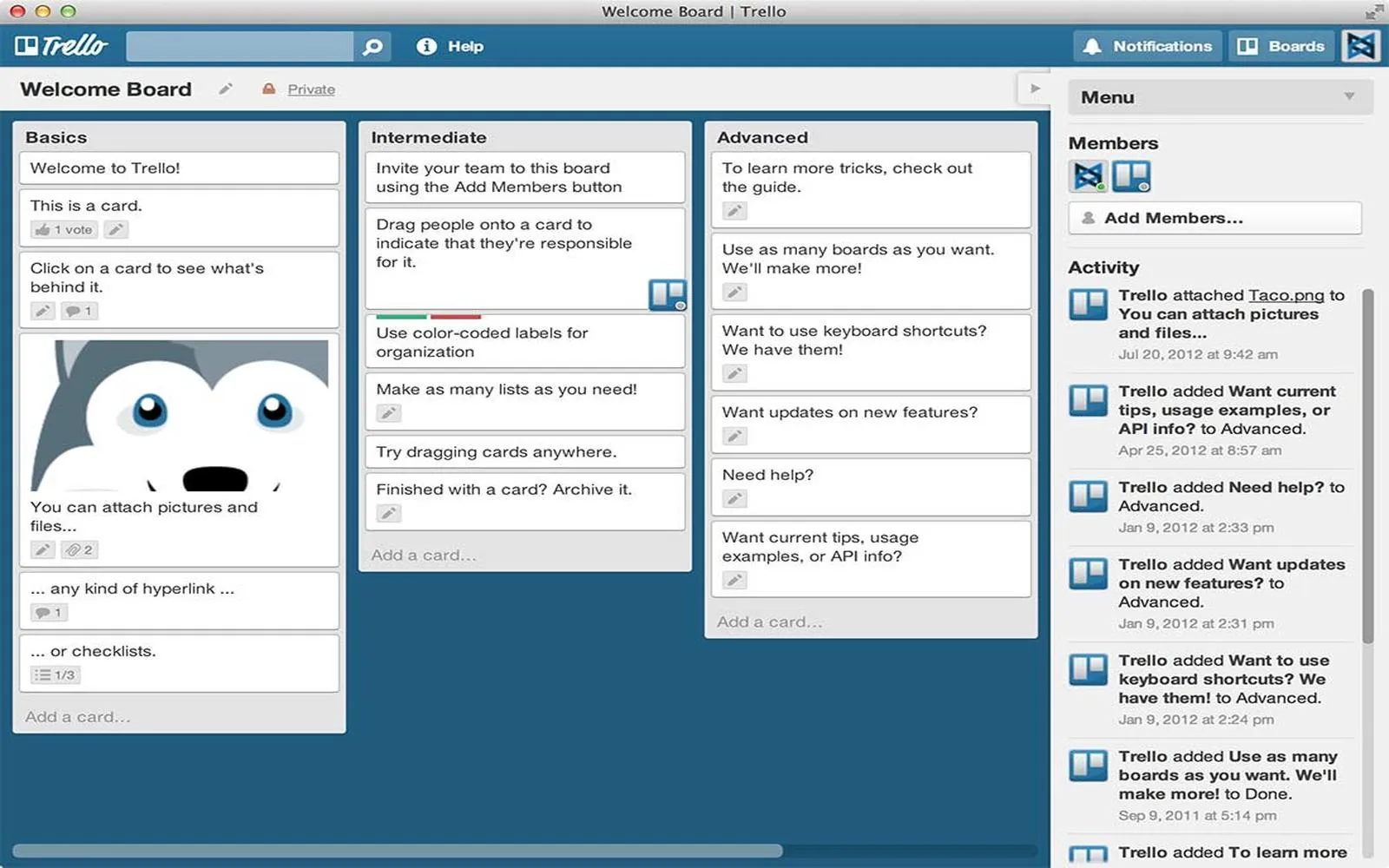Zapier, the leading automation platform, has embraced a 100% remote work model since its inception. This commitment to remote work has not only shaped its company culture but also influenced its operational strategies, attracting talent from around the world. Understanding why Zapier has always been remote can provide valuable insights for businesses considering similar models.
The Origins of Zapier’s Remote Work Culture
Founded in 2011, Zapier was built on the principle of enabling users to automate tasks through integration. From the beginning, the founders recognized that a remote workforce would provide several advantages, including access to a diverse talent pool and the ability to work from anywhere. This approach allows Zapier to attract skilled professionals who seek flexibility in their work environment.
Benefits of a 100% Remote Model
Zapier's remote-first strategy offers numerous benefits, contributing to its success:
| Benefit | Description |
|---|---|
| Access to Global Talent | Zapier can hire the best talent regardless of geographical limitations, fostering a diverse and skilled workforce. |
| Increased Productivity | Remote work often leads to higher productivity levels, as employees can work in environments that suit them best. |
| Cost Savings | Eliminating the need for a physical office reduces overhead costs for both the company and its employees. |
| Work-Life Balance | Remote work allows employees to balance personal and professional responsibilities more effectively. |
Fostering a Strong Company Culture
Despite being fully remote, Zapier has cultivated a strong company culture that emphasizes communication, collaboration, and transparency. Here are some key aspects of Zapier's culture:
- Regular Check-Ins: Weekly team meetings and one-on-ones ensure that employees feel connected and engaged.
- Asynchronous Communication: Utilizing tools like Slack and email, Zapier promotes communication that fits employees' schedules, reducing stress.
- Values-Driven Environment: Zapier's core values guide decision-making and help maintain a cohesive team atmosphere, even in a dispersed setting.
Challenges of Remote Work
While there are numerous advantages to a remote work model, there are also challenges that Zapier has had to navigate:
| Challenge | Solution |
|---|---|
| Isolation | Zapier organizes virtual team-building activities and retreats to foster connections among employees. |
| Communication Barriers | Implementing clear communication guidelines and utilizing collaborative tools helps mitigate misunderstandings. |
| Time Zone Differences | Zapier encourages flexible working hours to accommodate team members in various time zones. |
Impact on Recruitment and Retention
Zapier's commitment to remote work has significantly impacted its recruitment and retention strategies. By offering a flexible work environment, the company attracts candidates who prioritize work-life balance. This has been highlighted in various studies, showing that remote work can lead to higher employee satisfaction and lower turnover rates.
Future of Remote Work at Zapier
Looking ahead, Zapier plans to continue refining its remote work practices. The company actively seeks feedback from employees to enhance the remote work experience further. This approach not only strengthens employee loyalty but also positions Zapier as a leader in the remote work revolution.
In conclusion, Zapier’s dedication to a 100% remote work model has allowed it to thrive in a competitive landscape. By leveraging the benefits of remote work, overcoming challenges, and fostering a robust company culture, Zapier has set a standard for what successful remote work can look like. As more companies explore remote work options, the lessons learned from Zapier will undoubtedly influence the future of work across industries.





